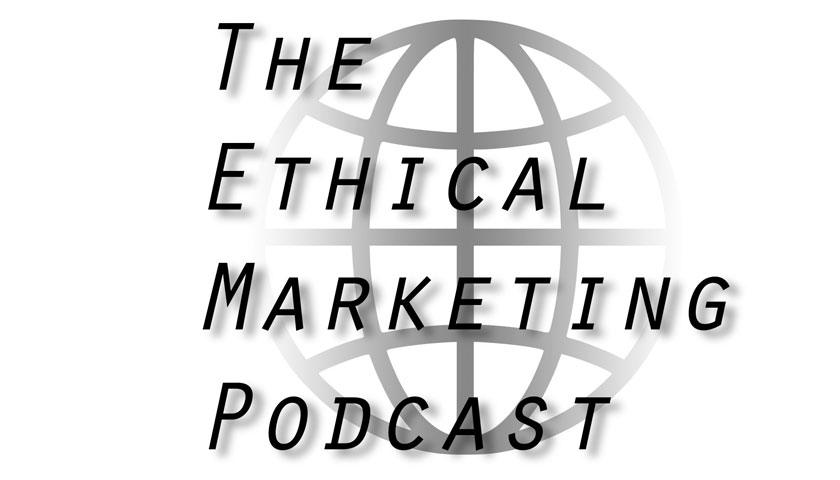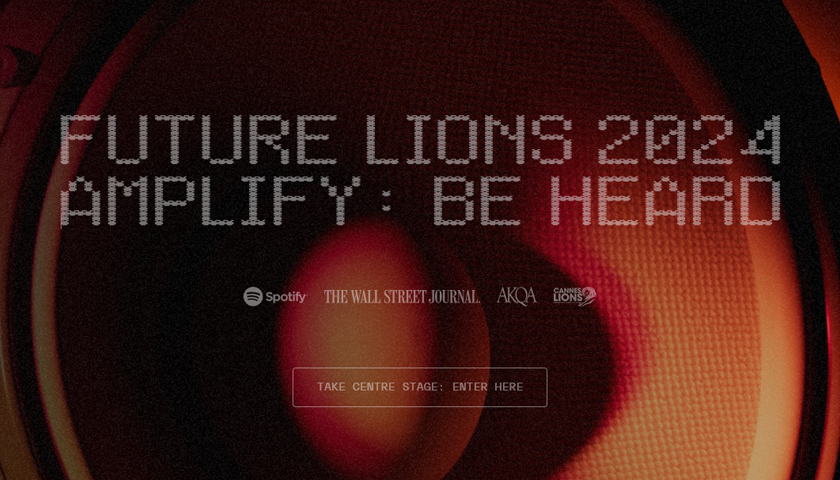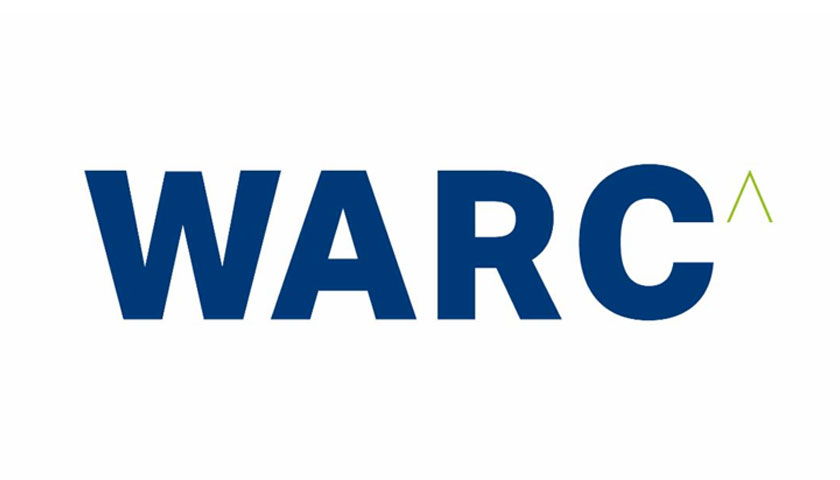Spotify: How to lose 24% of your value in one day by Dr Andrew Lumsden-Groom
Music streaming service Spotify found themselves at the heart of a controversy that’s begun to cost them dearly, after refusing to remove podcast ‘The Joe Rogan Experience’ from the platform after the comedian hosted guests who expressed views about Covid-19 and the vaccine which run against medical advice.
Pressure began mounting, and subscribers started cancelling, once musician Neil Young removed his catalogue from the platform, and Joni Mitchell spoke out in his support.
But this crisis didn’t start with Joe Rogan, the hundreds of medical professionals writing letters or even with Neil Young. It started before Spotify even signed the deal for Joe Rogan (buying exclusive rights to his podcast, in a deal said to be worth over $200 million).
So how did Spotify get into the crisis that will not end?
Spotify’s problem here isn’t the crisis of today, or even the crisis of tomorrow (let’s be clear here – this is going to turn into a death by a thousand cuts) – it’s the ESG+R (Environmental, Social, Governance and Resilience) policies at the heart of their business.
Good ESG policies (and the inherent risk management they create) have become the core of all communications in the last few years. They empower brands to take risks and try new things, they empower small businesses to take a stand and get rewarded for it, and they give communications people like us dynamic and interesting campaigns that speak to our audiences.
Good foundations let good businesses take calculated risks which pay off. But, as in the case of Spotify, bad foundations mean those risks can hurt your business significantly.
The moment Spotify decided to provide podcasts and make it a central tenant of their business model was the moment this crisis started. They decided to take an uncalculated risk with no mitigation, no forward planning, and no content vetting, and now with their share price down 24% and growth cut in half for next quarter, it’s likely the only way out is a sacrificial goat.
What went wrong?
My mentor Sir Henry taught me a set of rules which underpin my knowledge as a crisis specialist. One of which is that “there are rules to the game and the game has rules”. What he meant by this is, when it comes to crises, a large part of the work (once a crisis hits) is in assessing which game you are playing.
This assessment means working out:
- How and when the attack began
- Where you are being attacked from
- Which of your audiences will be affected by the attack
- How the attack could evolve in the future and what mitigation you can make immediately
No two crisis events ever start in the same place or do damage in the same way. But there are some basic rules that apply to crisis management once you have made the initial assessment as to which game you are playing.
In the case of Spotify, they are as follows:
Rule #38 – Assess your audiences and work out how each one is going to react
Ask any market stall owner and they will tell you; they will sell the same object to 65-year-old women as they will a 25-year-old man. But ask them how they sell it, and they will describe completely different methods for each audience.
We know targeting works, we know it makes a difference to ROI. However, lots of companies still think about their audiences purely in terms of advertising targeting. Very few companies take the time to truly understand these audiences and how they behave – even though brands which do master this double their cut through.
Spotify is an ad-focused company. Their audience is not subscribers but stakeholders. The problem is, they didn’t take the time to think about who their stakeholders are and to work out how they would react to multiple angles of attack.
In a business like Spotify, you’re looking at five top level audiences; Staff, Subscribers, Content Producers, Advertisers, and Investors. But as marketeers we know that every single one of those audiences can and will impact the others, so knowing how each one will react (and not just treating them all the same) is key to building a narrative that will limit the damage.
Rule #39 – Treat each audience differently to make them listen
When it comes to staff as an audience, CEO town halls are always a bad idea. Everyone has disgruntled staff, and disgruntled staff won’t miss an opportunity to call you out to your face.
Spotify CEO Daniel Ek took bad advice in doing a town hall in the first place, let alone in the middle of a scandal. However, in being willing to get up in front of his staff and push a company line, which was primarily designed for investors, he quite simply, screwed the pooch.
It was so bad his own staff leaked it to the press.
Spotify fundamentally failed to understand the audience they were talking to here. Instead of concentrating on the concerns of their staff, who wanted to know what sort of business Spotify was becoming, Mr. Ek’s primary narrative concentrated on the business and on its growth.
‘Gen Z’ and ‘Millennials’ represent the most diverse and activist centric generations we have seen in a long time, and with the average age of a Spotify employee being 34, you don’t have to be a genius to know that their staff care about values as much, if not more than, financial growth. Especially when Spotify are using those values in their recruitment.
So it’s no surprise that an underlying message of ‘we are not a publisher, so we have to let misinformation happen’ and ‘to grow we need to deal with people we don’t agree with’ didn’t go down well.
Tone is important, and this town hall was clearly not the right tone. Especially around a medically sensitive issue at a time when some staff members may be grieving loved ones lost to covid.
No wonder his staff leaked it.
Rule #42 – Demographics are everything
Next up is subscribers and subscriber growth. It’s a simple fact that every marketer knows: there are only so many young people with money, and they tend to be a relatively fickle audience. Older subscribers tend to be more loyal.
26% of Spotify’s audience is under 24 – a generation we know to be heavily influenced by their values. And 30% of their audience is over 45 (which is interestingly the audience least likely to listen to podcasts). Musicians like Neil Young and Joni Mitchell line up with the 45+demographic perfectly, so their influence here can’t be underplayed.
If Spotify had taken the time to look at their own user data, they would have suspended Joe Rogan, taken the hit and reassessed their position, instead of putting out a fundamentally insipid holding statement that didn’t deal with the musician’s concerns to reassure over 45s, and didn’t create a counter values-driven narrative to deal with possible loss of the 18-24 age group.
Even if you were of the ‘Greed is Good’ mentality, when you realise that you just infuriated half your userbase and your entire primary growth markets, you would surely reassess your position. To be honest, I would hope a CEO in this situation would go have a cry, realise they need to do something to save their job and then try to come up with a better response.
Rule #72: No apologies unless you mean it
So, let’s talk about Joe Rogan. As communications people, the idea that Mr. Rogan apologised of his own free will rings somewhat hollow. t’s highly likely Spotify would have wanted him to say something. However, the stand outside your home, look humble and apologise routine is a bit 1992 -David Mellor ‘Back to Basics’.
But, leaving aside the fact that the 90s is back whether we like it or not, let’s take a look at why Rogan’s apology didn’t work like it should.
The underlying tone of the video implied that Rogan was not sorry, as he defended his interest in exploring “other opinions” on the podcast. He supported Spotify’s plan to start adding a content warning to the podcast, but admitted that he doesn’t bring in a range of experts to provide balance and implied that the podcast currently has no quality control, no one is vetting guests for accuracy and in his words, the conversations are not always “that prepared or fleshed out”.
Let’s be honest here, from an investor point of view, what Mr. Rogan said amounts to: Spotify spent $200m on a podcast, stuck its own logo all over it, (so in the eyes of the public they own it), and didn’t bother to even do basic checks as to whether it met their own content publication guidelines (Spotify quietly pulled 113 previous episodes, which had been put up without checking and more importantly left up for weeks after the initial story, in breach of Rule #15 – ‘Can you remember everything you said? Because journalists can).
That’s about 8% of his back catalogue now gone.
If I was an investor I’d be asking some serious questions about their vetting and purchasing process – wouldn’t you?
Also, on rule #72, don’t apologise and then do the same thing again! (See here)
Rule #24 – Sometimes a crisis ends when you sacrifice a goat
“Our policies have been carefully written with the input from numbers of internal and external experts in this space. And I do believe they’re right for our platform. And while Joe has a massive audience — he is actually the number one podcast in more than 90 markets — he also has to abide by those policies.” Quote from David EK
I think I’ll leave this point at the above quote from Spotify CEO David Ek and just say that, when defending a position, it helps if people think you believe it’s true.
I would also refer to the fact that four days after this quote, Spotify pulled 113 previous episodes, which they had put up without enforcing the guidelines – only choosing to take the action after multiple stories of Mr. Rogan using the N-word and being horrible to the British royal family appeared in the global press.
(Rule #42 again – demographics are everything. 13.4% of the USAs population is Black. Plus, the Royal Family’s UK approval rating is 71%. By ignoring the demographics, Spotify managed to compound their problems in terms of userbase drop-off).
The Conclusion
Unfortunately for them, the Spotify crisis is far from over. This is one iteration of death by a thousand cuts. The current issue is not finished, (I only covered about half of the rolling issues here), and as a result this story likely has several more news cycles to go before everyone is bored of it.
Spotify’s share value has fallen significantly enough that with a few more bad news cycles they will be ripe for a takeover bid.
In short, the Spotify story will become a cautionary tale of how not to handle a crisis. All of which could have been avoided with some basic ESG+R risk assessment when they began considering how podcast acquisition would grow their brand.
Calculated risks can push your business forward in new and exciting ways. Getting your demographic targeting right can help you speak directly to multiple audiences at once, about the causes and issues that matter most to them, in a way that creates positive impact. When embedded across your business, with the right amount of resilience planning and risk mitigation, ESG can become more than a tick box – it can become an asset for growth. But, as Spotify shows, failure to build strong foundations can be disastrous when crisis hits.
Listen to the podcast here
About the Author
Dr Andrew Lumsden-Groom is an expert in business and financial strategy and risk management, with a diverse and distinguished career in public affairs, economics and risk & crisis management in both the public and private sectors, within the UK and internationally. Andrew trained as a Crisis Specialist, and has extensive experience of advising HM Government in this capacity.
Disclaimer:
This article was written by, and is (c) Andrew Lumsden-Groom. All opinions, recommendations and views expressed in this article are solely those of the author.




[…] Andrew also shared some of the fundamental rules of crisis management and how Spotify got these wrong, on the Ethical Marketing News blog. […]